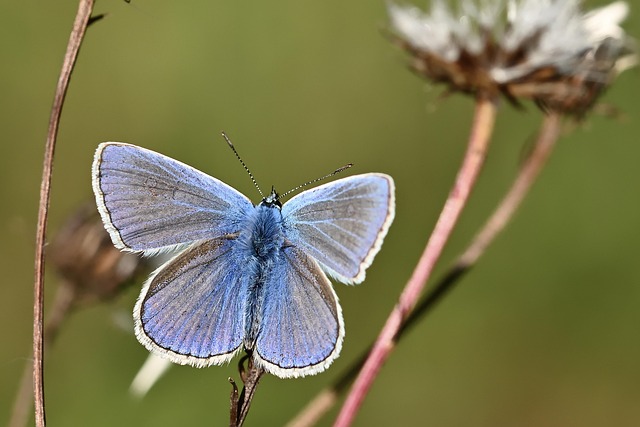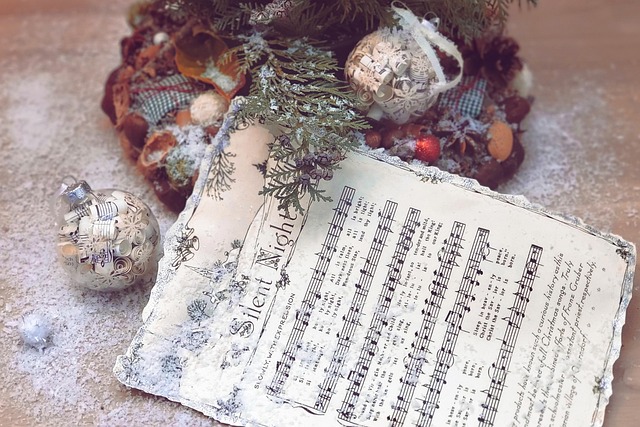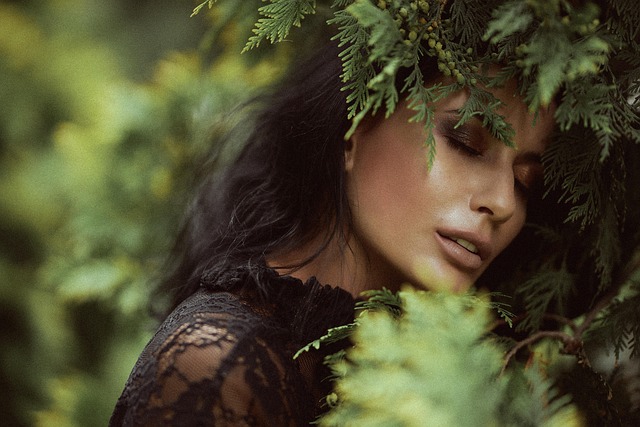When you think of folk music, what comes to mind? The deep-rooted traditions, lively rhythms, or perhaps the vibrant gatherings where the community comes together to celebrate life? In Hungary, one can hardly discuss the essence of folk music without mentioning the csárdás. This joyous and spirited dance, full of emotion and cultural significance, is more than just a traditional tune; it’s a celebration that echoes through the ages.
The csárdás originated in the 18th century and has become a quintessential part of Hungarian music culture. Its roots lie in the dance halls—known as csárdas”—where lively gatherings unfolded, often spurred on by the spirited performances of talented musicians. The music of the csárdás brings to life a rich tapestry of sounds characterized by its quick tempo and emotive melodies. The dance accompanying it evokes a whirlwind of colors, with dancers spinning and twirling in perfect synchronization, embodying the heart and soul of Hungary.
Traditional csárdás is played with various instruments, from violins to cimbaloms. The heart-thumping rhythms can change from slow, reflective passages to vibrant, exuberant bursts of energy, allowing the dancers’ emotions to flow freely. It’s this interplay between the music and the dance that captures the essence of the Hungarian spirit—a warm embrace of joy and nostalgia, all at once.
Parties where csárdás is performed are not just events; they are experiences that pull people into a communal celebration. They remind us of the powerful ability of music to connect individuals, transcending borders and generations. As guests take to the floor, hand in hand, it creates a tapestry of movement that shares stories and memories, each twirl and stomp echoing the laughter and camaraderie of those who participate.
The csárdás isn’t merely a dance; it’s a vessel of cultural identity. It reflects the historical influences and diverse musical genres that have come together to shape Hungary’s rich musical landscape—everything from Gypsy music to classical influences. This collision of styles not only enhances the experience of the dance but also ensures that each performance is unique, filled with the individual flair of the performers.
As we delve deeper into exploring the csárdás, we find it’s not just about the joy of the moment but about embracing a way of life that celebrates the past while looking to the future. Through festivals and gatherings, it remains a living tradition that continues to inspire new generations of musicians and dancers alike.
In an age where digital connections often replace face-to-face interactions, the csárdás stands as a reminder that there is something incredibly special about coming together with others to participate in live music and shared experiences. It reaffirms our need for togetherness, making every gathering feel like a festive celebration of life’s simple pleasures.
Thus, as we raise our glasses at the next gathering—or perhaps even join in the dance—let’s remember the impact of the csárdás. It’s more than just a dance; it’s a celebration of heritage, a testament to the vitality of folk traditions, and a reminder of the unstoppable wave of joy that music brings into our lives.



